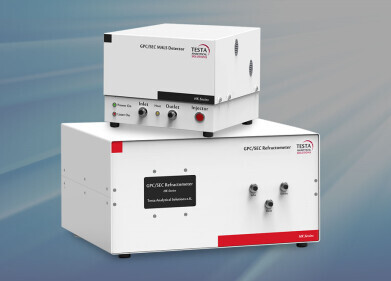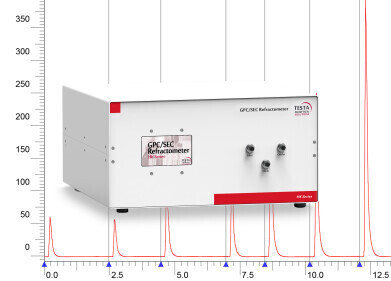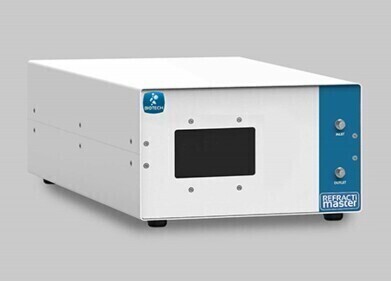Detectors
Chromatography Analyses Extracellular Vesicles Release During Exercise
Jun 19 2019
Carrying out physical exercise causes all different kinds of changes in the human body. From pumping iron to an hour on the rowing machine - the act of pushing our bodies beyond their existing comfort zone elicits a physiological response. Our biceps and pectorals grow bigger and stronger, our hearts become more efficient at pumping blood through our arteries and veins, and our lungs become more effective at oxygenating the blood passing through them.
But what we might not consider as we head down to the gym or around the track are the other physiological changes taking place in our body - making them more efficient at carrying out exercise and also improving our general fitness and wellbeing. A recent paper published in the Journal of Extracellular Vesicles reports on a study carried out on male cyclists to see if researchers can understand one particular physiological change just a little bit better.
What are extracellular vesicles?
Extracellular vesicles are small particles released from within cells. They cannot replicate and have a lipid bilayer as their outer skin. Most extracellular vesicles are around 200 nm in size, but they can range up to 10microns. They carry a variety of material - from proteins, nucleic acids, lipids and also organelles from the parent cell.
Most cells are thought capable of releasing extracellular vesicles - including bacterial, fungal and plant cells. It is thought that extracellular vesicles can carry out various functions. It was found in the early 20th century that they could transfer material between cells - nucleic acids and RNA. Some of the latest research has looked at using extracellular vesicles as biomarkers - especially if the origin of the extracellular vesicles can be established.
Released during exercise - but where from?
In the paper referenced above - Platelets, endothelial cells and leukocytes contribute to the exercise-triggered release of extracellular vesicles into the circulation - twenty-one male cyclists exercised to exhaustion after an 8 hour fast. Blood samples were taken and analysed for extracellular vesicles. One of the analysis carried out used chromatography to purify the vesicles. Increasing the analytical capabilities of chromatography systems is discussed in the article, Using Narrow Bore Columns to Enhance Sensitivity for LC-UV and LC-MS Analyses.
The researchers found that more extracellular vesicles were released during exercise - with the highest levels at peak exercise levels. They identified lymphocytes, monocytes, platelets and endothelial cells as the parent sites for the vesicles. They postulate that the increased vesicles could be used in exercise related signalling mechanisms and tissue crosstalk.
Digital Edition
Chromatography Today - Buyers' Guide 2022
October 2023
In This Edition Modern & Practical Applications - Accelerating ADC Development with Mass Spectrometry - Implementing High-Resolution Ion Mobility into Peptide Mapping Workflows Chromatogr...
View all digital editions
Events
May 05 2024 Seville, Spain
May 15 2024 Birmingham, UK
May 19 2024 Brno, Czech Republic
May 21 2024 Lagos, Nigeria
May 23 2024 Beijing, China














